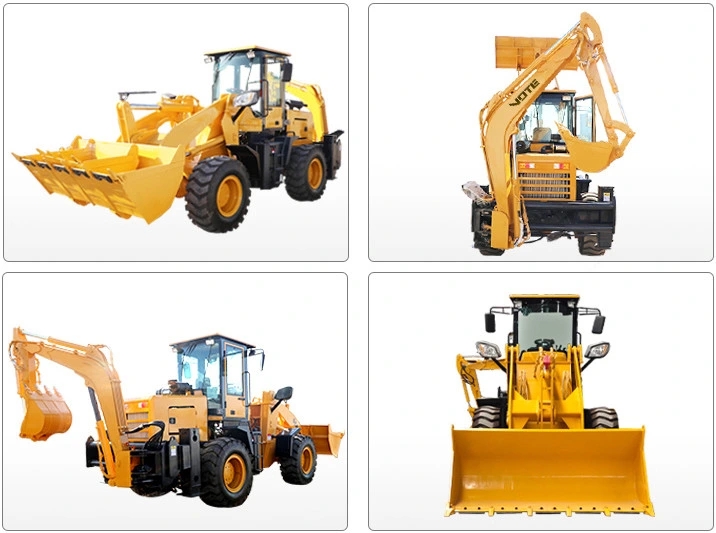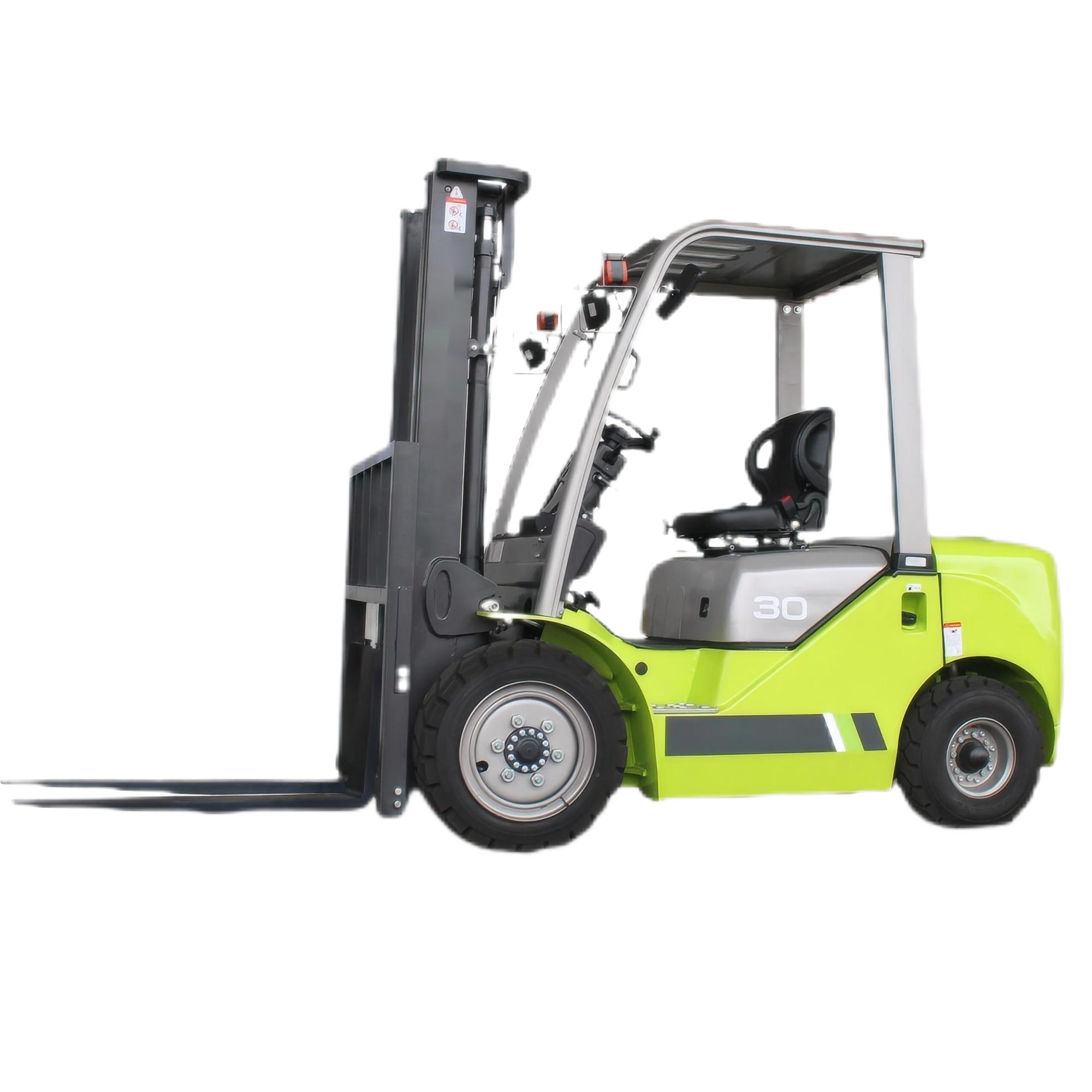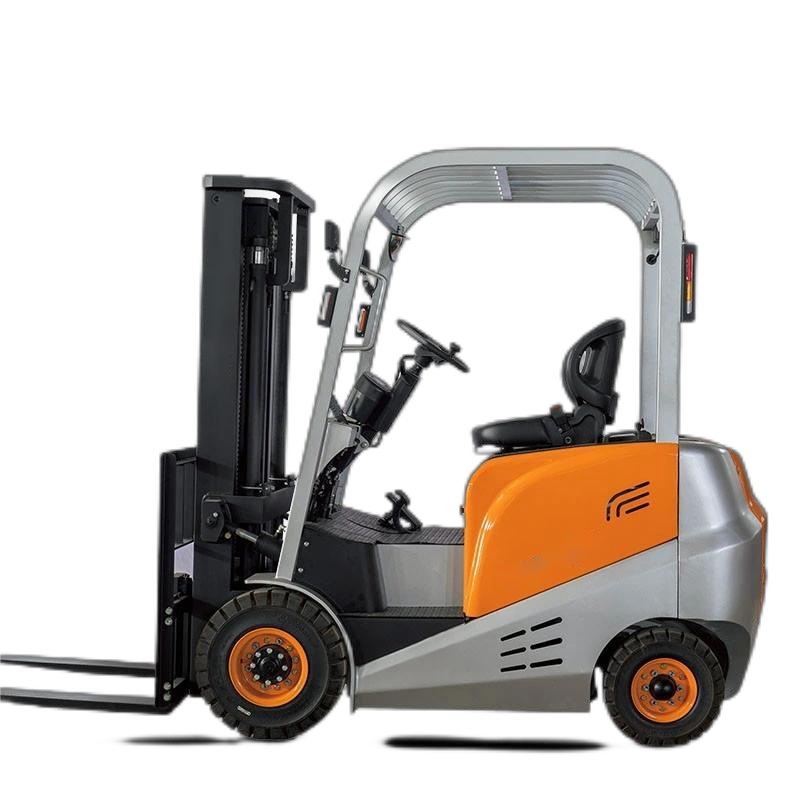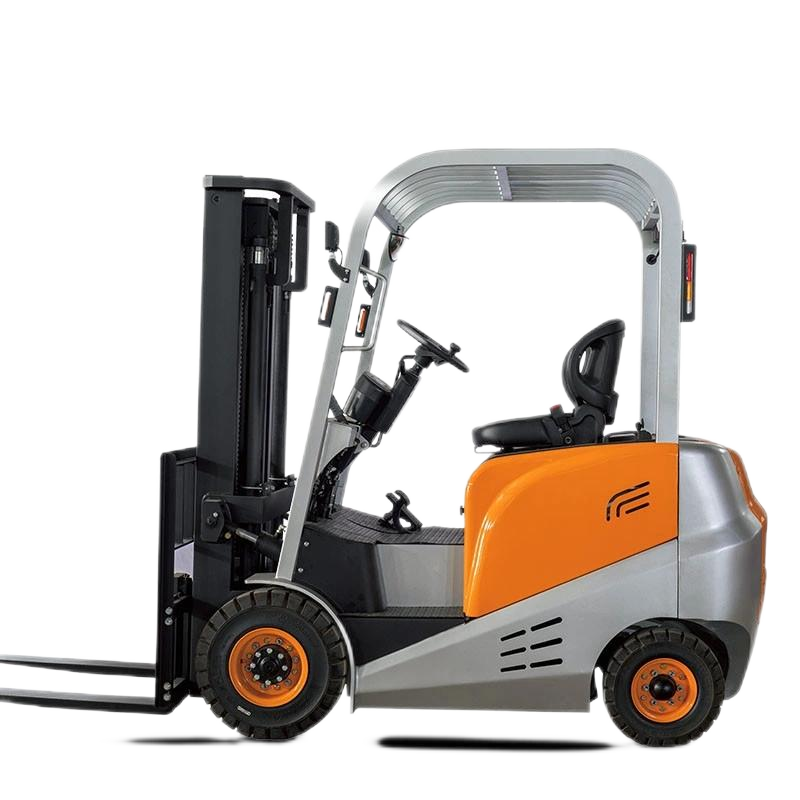The following is a detailed introduction to the loader:

Development History
Abroad: In 1922, the American Frank G. Hough invented the earliest loader, which was modified from a tractor by installing a working device. In 1939, advanced tire loaders appeared. In 1941, the cab of the loader was moved to the front, and the engine was moved to the rear, and a diesel engine was adopted. In 1944, hydraulic transmission was widely used to replace the steel cable for controlling the bucket. In 1947, the four-wheel drive loader was invented. In 1950, the United States produced the first tire loader with a torque converter. In the 1960s, articulated loaders began to be manufactured. In the 1970s, it developed towards large-scale and ultra-small-scale. In the 1980s, backhoe loaders were launched, and electronic monitoring systems were adopted. From the 1990s to the early 21st century, mechatronics and microelectronics technologies were widely applied.
In China: In 1956, the first loader in China was born in Taiyuan Mining Machinery Factory, but it was not mass-produced in a finalized form. In 1958, Shanghai Lixin Shipyard successfully copied a loader with a bucket capacity of 1m³ and a power of 67kW, but it was not put on the market. In 1964, Chengdu Construction Machinery Factory successfully trial-produced the "Hongqi 100" loader, marking the official start of the loader industry in China. From 1978 to 1993, five major production bases for loaders were formed in China, namely Guangxi (Liuzhou), Fujian, Jiangsu, Shandong, and Sichuan (Chengdu). After 2001, the number of loaders in China showed a "blowout" growth. Affected by the financial crisis in 2008, the number decreased. It gradually recovered in the second half of 2009. As of 2022, China's loader production ranks first in the world.
Structural Composition
Power System: Generally referring to the diesel engine system, it is a power device that converts the heat energy generated after the fuel burns in the cylinder into mechanical energy. It is composed of the crank-link mechanism, engine block components and valve mechanism, fuel supply system, lubrication system, cooling system, etc.
Transmission System: It mainly transmits the power of the engine to the traveling system. It is generally composed of components such as a transfer case integrating the torque converter and the gearbox, a drive shaft, a rear drive steering axle, a front drive axle, a speed reducer, and a brake.
Traveling System: The traveling system of a wheel loader usually consists of main components such as the frame, axles, and wheels. It mostly adopts four-wheel drive, and both the front and rear axles use rigid suspension; the traveling system of a tracked loader is composed of the frame, track frame, driving wheels, carrier rollers, and track tensioning mechanism.
Working Device: It is composed of the bucket, boom, connecting rod, rocker arm, tilting cylinder, and lifting cylinder. The bucket is hinged to the tilting cylinder through the connecting rod and rocker arm for loading and unloading materials. The boom is hinged to the frame and the lifting cylinder for raising and lowering the bucket. The tilting of the bucket and the raising and lowering of the boom are hydraulically operated.
Frame: It is the supporting structure of the loader, used for installing and fixing other components to ensure the overall stability and strength of the loader.
Classification Methods
According to Engine Power: It can be divided into small loaders (with a power generally less than 74kW), medium-sized loaders (with a power between 74-162kW), large loaders (with a power between 162-515kW), and extra-large loaders (with a power greater than 515kW).
According to Transmission Form: It is divided into hydro-mechanical transmission loaders, mechanical transmission loaders, hydraulic transmission loaders, and electric transmission loaders.
According to the Traveling System: It is divided into tracked loaders and tire loaders (also known as wheel loaders).
According to the Loading Method: It is divided into single-bucket loaders and multi-bucket loaders.
Working Principle
Power Transmission: The power system usually uses a diesel engine, which converts chemical energy into mechanical energy. Through the transmission system, the power is transmitted to the traveling system and the working device to drive the loader to perform various operations.
Hydraulic Control: The hydraulic pump sucks hydraulic oil from the hydraulic oil tank, and controls the oil to enter or discharge from the hydraulic cylinder through the hydraulic valve, realizing actions such as lifting, tilting, and dumping of the loader bucket, thus precisely controlling the movement of the working device.
Application Areas
Construction Industry: It is used for earthwork excavation, foundation leveling, material handling, and loading and unloading of building materials, such as sand, gravel, cement, bricks, etc.
Mining Industry: In mines, it is used for the loading and transportation of ores, loading the mined ores from the mine pit onto transportation vehicles to improve the efficiency of mining.
Ports and Terminals: It can be used for the loading and unloading operations of containers, as well as the handling and stacking of bulk goods, such as the loading, unloading, and transfer of goods like coal, ores, and grains.
Agricultural Field: It is used for the leveling of farmland, soil improvement, material handling, etc., such as handling fertilizers, crop straws, etc., and can also be used for the cleaning of manure and material handling in farms.
Highway Construction: In highway construction, it is used for operations such as filling and excavation of subgrade engineering, and the batching and loading of materials in asphalt and cement concrete yards, and can also be used for material handling and cleaning in road maintenance.








